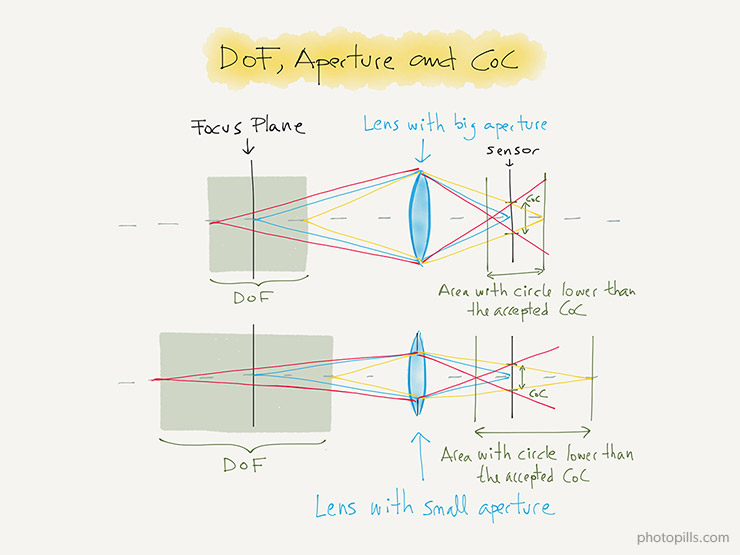
BOTH of your subjects should be in focus. SHOT 1: Use a small aperture (large f-stop #) to create a large depth of field.Use a tripod and do not move your camera in between shots. You will take 3 photographs of your subjects. Just make sure that you can see both the foreground and background subjects at the same time.

It can be two objects, two people or even one object or person that has a part of them/it closer to the camera and part farther back in space (for example, a person holding their hands out towards the camera to frame their face). Set up a shot so that you have a subject in the foreground (close to you) and in the background (farther back). Depth of Field (the area of your photo that is in focus) Exposure (how much light is let in to your camera) A wide aperture (smaller f-stop number) will keep only a certain area of your photo in focus, leaving elements outside of that area blurry. A small aperture (larger f-stop number) will keep most if not all of your image in clear focus. Shutter speed also controls your "depth of field" or the area of your photo that is in focus. Smaller f-stop numbers (like f/2.8) designate a wider aperture. The size of the aperture is referred to as an "f-stop." Larger f-stop numbers (like f/22) designate a smaller aperture. When you are outside in the bright sun, your pupils get smaller, to block some of that light out! When its dark out, your pupils open very wide to let more light in to help you see better. Smaller aperture= less light, Larger aperture= more light! The size of the hole can be changed to control how much light is let into the camera. Looking for more video tutorials? Check out these articles.Aperture is the hole through which light enters the camera. No matter what focal length or aperture you use, if your talent is against a wall, you will not be able to create a shallow depth of field. Make sure to pull your talent away from walls, trees, or anything that would blend them into the background. The preceding three techniques will help you create a shallow depth of field, but only if you maintain the right distance between your subject and background. This compression makes the background seem more out of focus than a 16mm lens can normally pull off. However, using an 85mm lens compresses your shot and brings the background and subject closer together. When you use a 16mm lens, the background and subject will seem further away and the focus might lose contrast. There is a difference between a 16mm lens and an 85mm lens. So to create a shallow depth of field, think about how you can draw your talent or object closer to the lens. If you focus your lens thirty feet away, the majority of your image will appear in focus (including subject and background).

The closer your talent is to the camera, the more out-of-focus your background will become. Distance to Subjectĭistance to subject is no doubt the best way to create a shallow image. Aperture is important to control however, it is perhaps the least important technical factor behind creating a shallow depth of field.

The more you stop down on your lens, say f/22, the sharper your image will be. Shooting close to wide open on your lens will help blur the background while retaining focus on your subject. This is probably the most obvious way to control how sharp or shallow your image will turn out. In this tutorial, we look at three key ways to create that breathtaking “out-of-focus” depth of field: aperture, distance to subject, and focal length. While a shallow depth of field might only seem easy with the right equipment, there are a few technical ways you can pull it off with inexpensive gear. In this video tutorial, learn how you can easily create a shallow depth of field in your shots with three basic techniques.Ĭreating a shallow depth of field can help you produce a visually beautiful shot and provide eye-grabbing focus for your subject or talent.


 0 kommentar(er)
0 kommentar(er)
